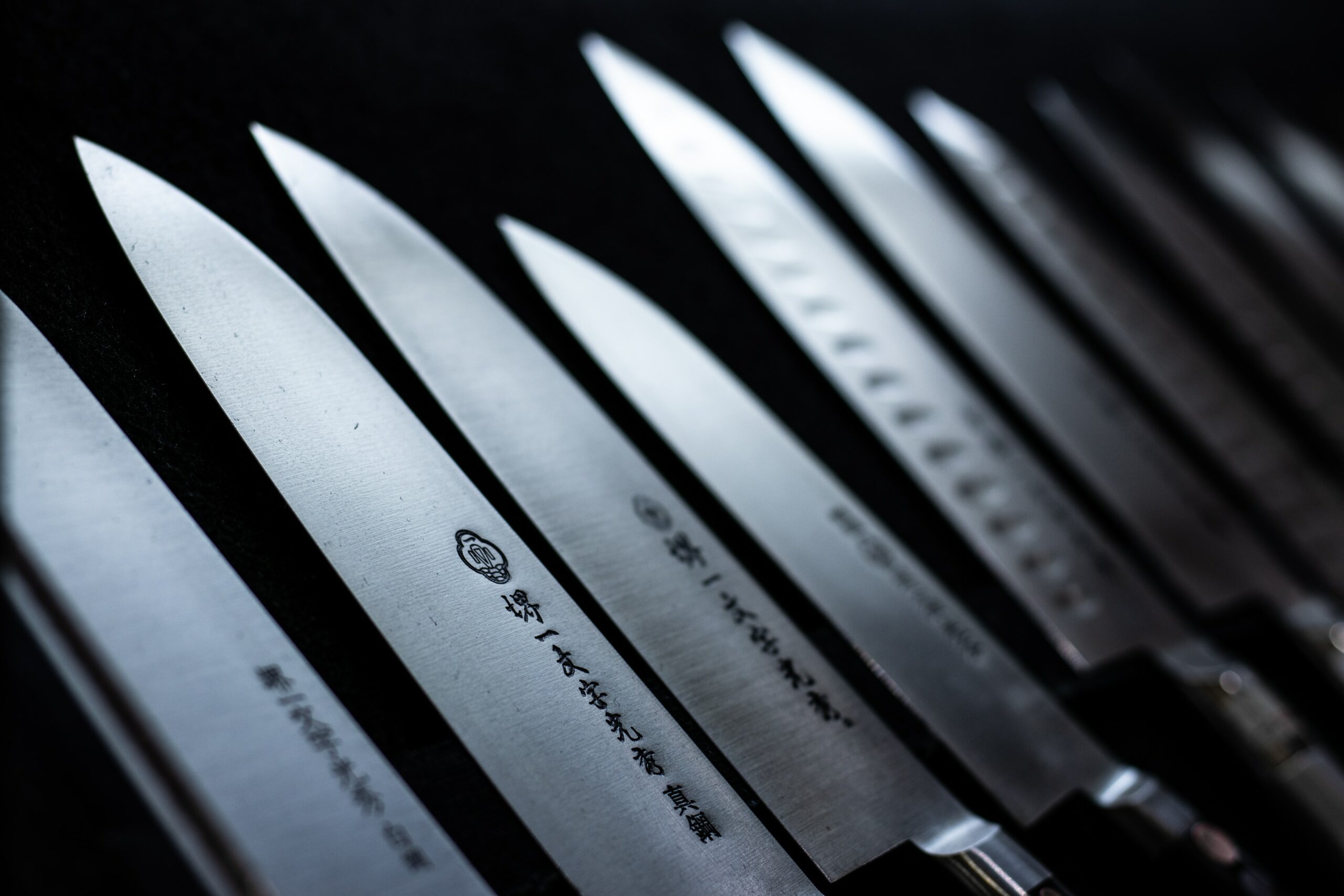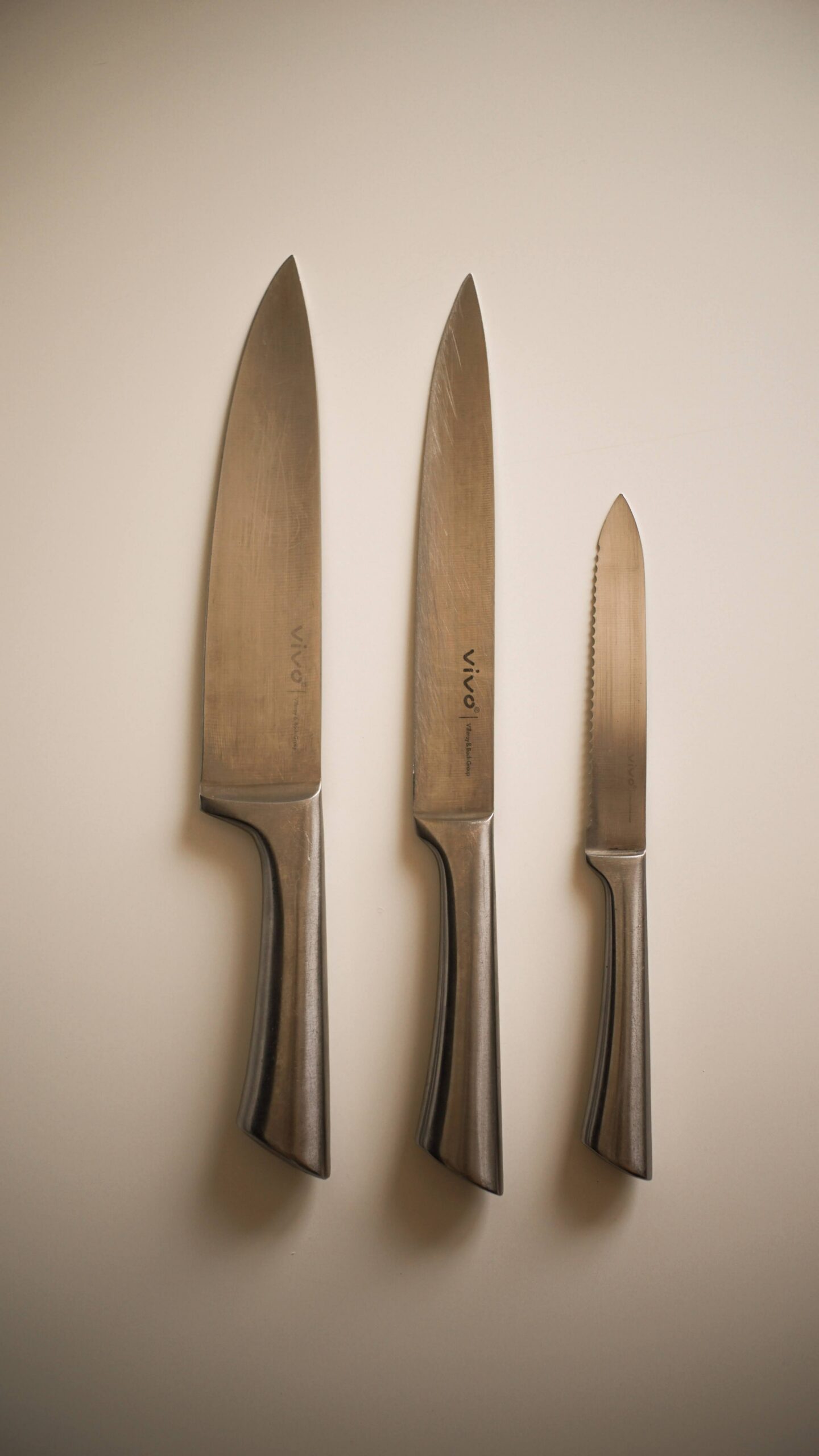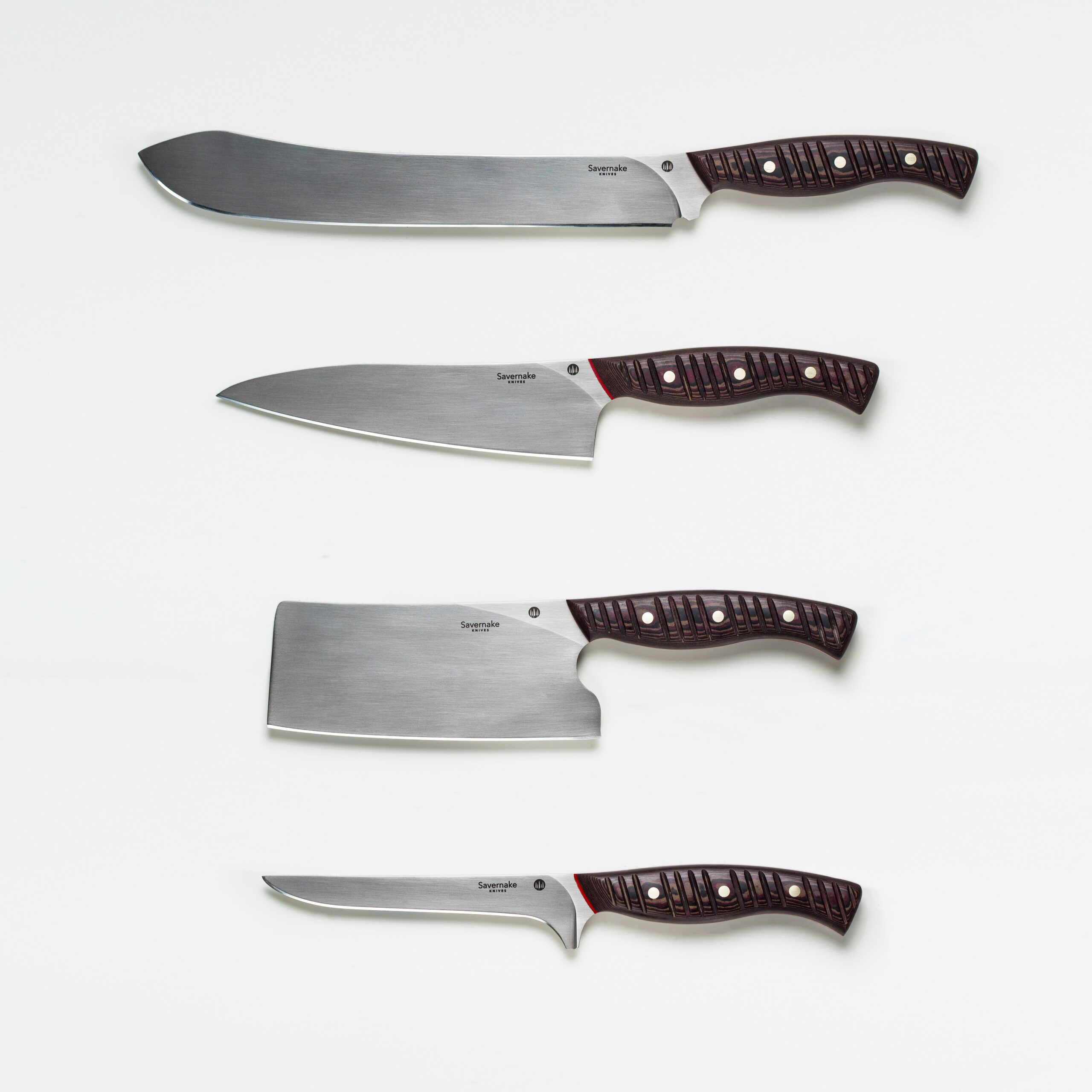When you’re in the kitchen, having a top-notch knife is an absolute must. It’s like the superhero tool in your cooking arsenal. There are plenty of choices, but one type really stands out: forged knives. With superior durability and precision, forged knives are a top choice for professional chefs and home cooks.
If you’re starting your culinary journey, selecting the perfect forged knife can be daunting. This blog post will tell you everything you need to know about forged knives to get yourself the best option.
Why Forged Knives?
Before we delve into the selection process, let’s see why forged knives are so popular.
Forged knives are crafted from a single piece of steel that’s heated and then hammered into shape. This meticulous process results in a blade that’s strong and durable. It’s like the difference between a mass-produced item and a handmade masterpiece – the quality shines through.
These knives are famous for their longevity. They can endure the test of time, and with proper care, they’ll be your trusty kitchen companions for years. Moreover, forged knives are well-balance and easier to handle and control during culinary tasks. Whether you’re slicing, dicing, or chopping, you’ll find that a forged knife feels like an extension of your hand.
Consider the Type You Need
The first step in choosing the perfect forged knife is considering the specific type you require. There are various types of forged knives, each tailored for particular culinary tasks. For instance, a chef’s knife is used for cutting, chopping, and dicing. A bread knife has a serrated edge designed to effortlessly slice through bread without crushing it. A paring knife is best for tasks that require precision, such as peeling, trimming, and detailed cutting. And lastly, a boning knife is designed for removing bones from meat and poultry. Therefore, consider your cooking style and the tasks you frequently perform to determine which forged knives will best suit your needs.
Material of the Blade
Material matters. It plays a pivotal role in the performance and maintenance of your forged knife. One of the classic options is carbon steel. It’s renowned for its razor-sharp edge, making it a favorite among chefs who prize precision. However, carbon steel requires extra care as it’s prone to rust and staining. The exceptional sharpness might be worth it if you’re willing to put in the effort.
On the other end of the spectrum is stainless steel. It is popular because it is resistant to rust and straining. Stainless steel is low-maintenance, making it an excellent option for those who want a reliable blade without the added upkeep.
High-carbon stainless steel combines the best of both worlds, offering sharpness akin to carbon steel and the low-maintenance benefits of stainless steel. It’s often regarded as the gold standard for forged knife blades.
Handle Design
Then comes the handle design, which is just as crucial as the blade. Look for a handle that feels comfortable and secure in your hand. Consider factors such as grip, balance, and the handle’s material. Many forged knives feature wooden handles, which offer a classic and comfortable grip. However, there are also options with synthetic handles that are more resistant to moisture and wear.
Test the Knife in Your Hand
Choosing the perfect forged knife is a highly personal process. What works for one person may not work for another due to differences in hand size, grip style, and personal preferences. Therefore, do a hand test before buying the knife. Feel its weight, and assess how it fits in your hand.
The cutting edge of a knife is another crucial thing to consider. Consider the width of the cutting edge when selecting a forged knife. Wider edges are more suitable for slicing and chopping, while narrower ones excel at precision tasks like dicing and mincing. Always choose the knife that aligns with your preferred culinary tasks.
Quality Over Brand
A forged knife is a long-term investment. This means you should explore various options and compare prices before deciding. Read reviews and physically examine the knives. Remember, your aim is to buy a high-quality knife, be it from a high brand or a low brand. Lesser-known brands often offer high-quality alternatives at more competitive prices. In this way, you will be able to invest in products that genuinely meet your needs and expectations rather than paying a premium for a recognizable name.
And that’s all! You’re now ready to find your perfect kitchen companion. Remember, the right forged knife can truly elevate your culinary adventures. So, go ahead, explore your options, and consider the blade material that suits you best. Happy cooking!







